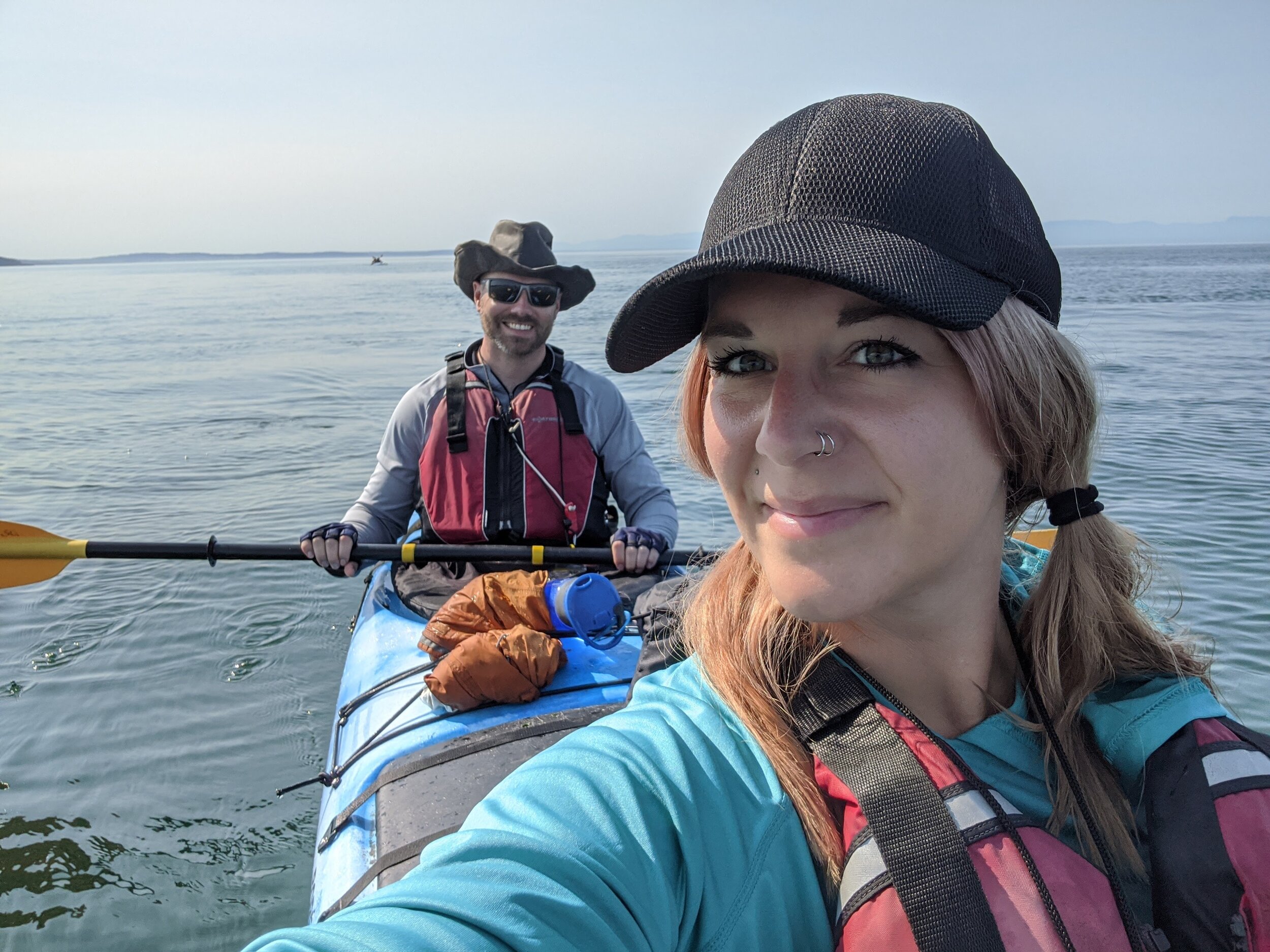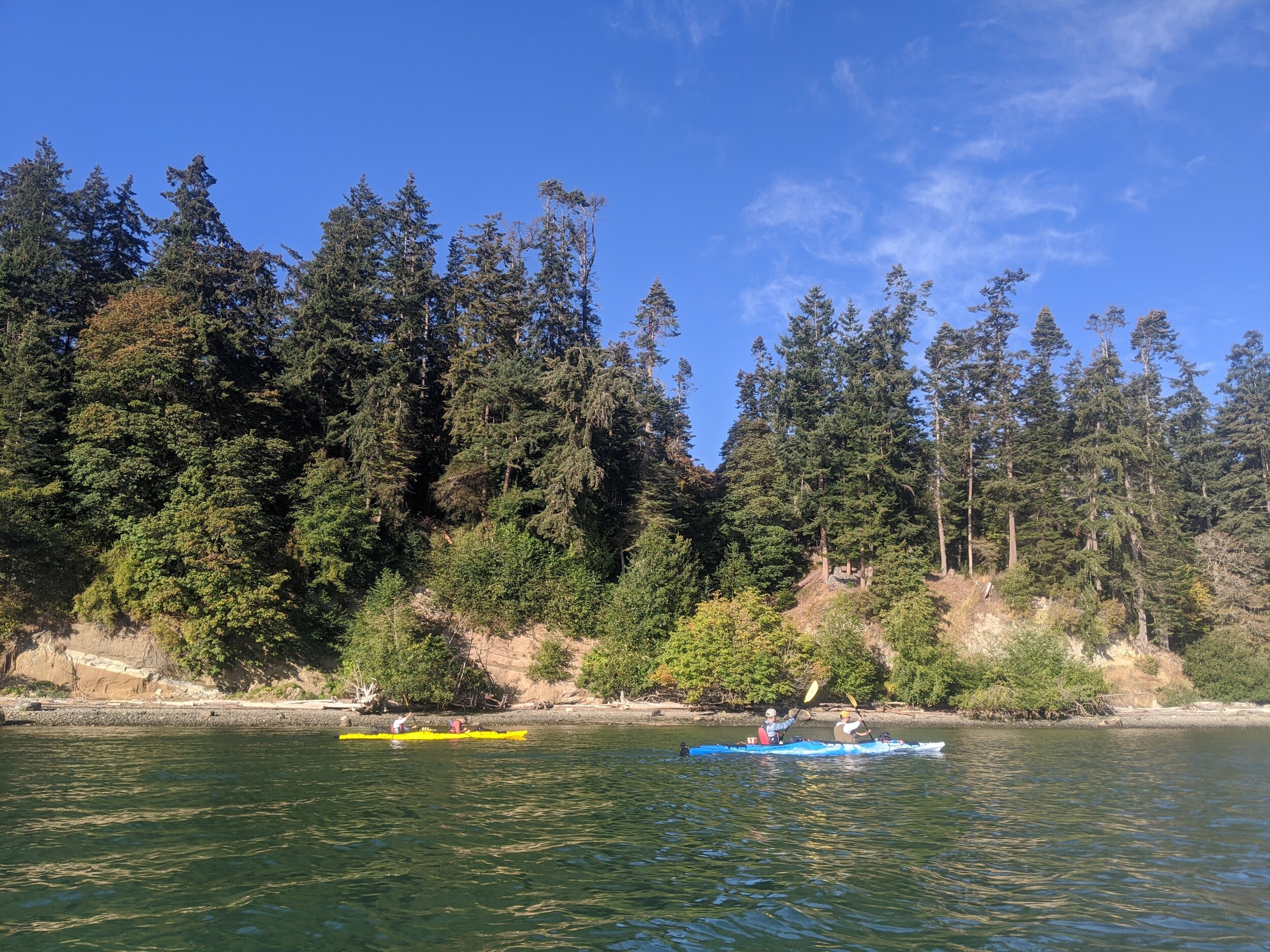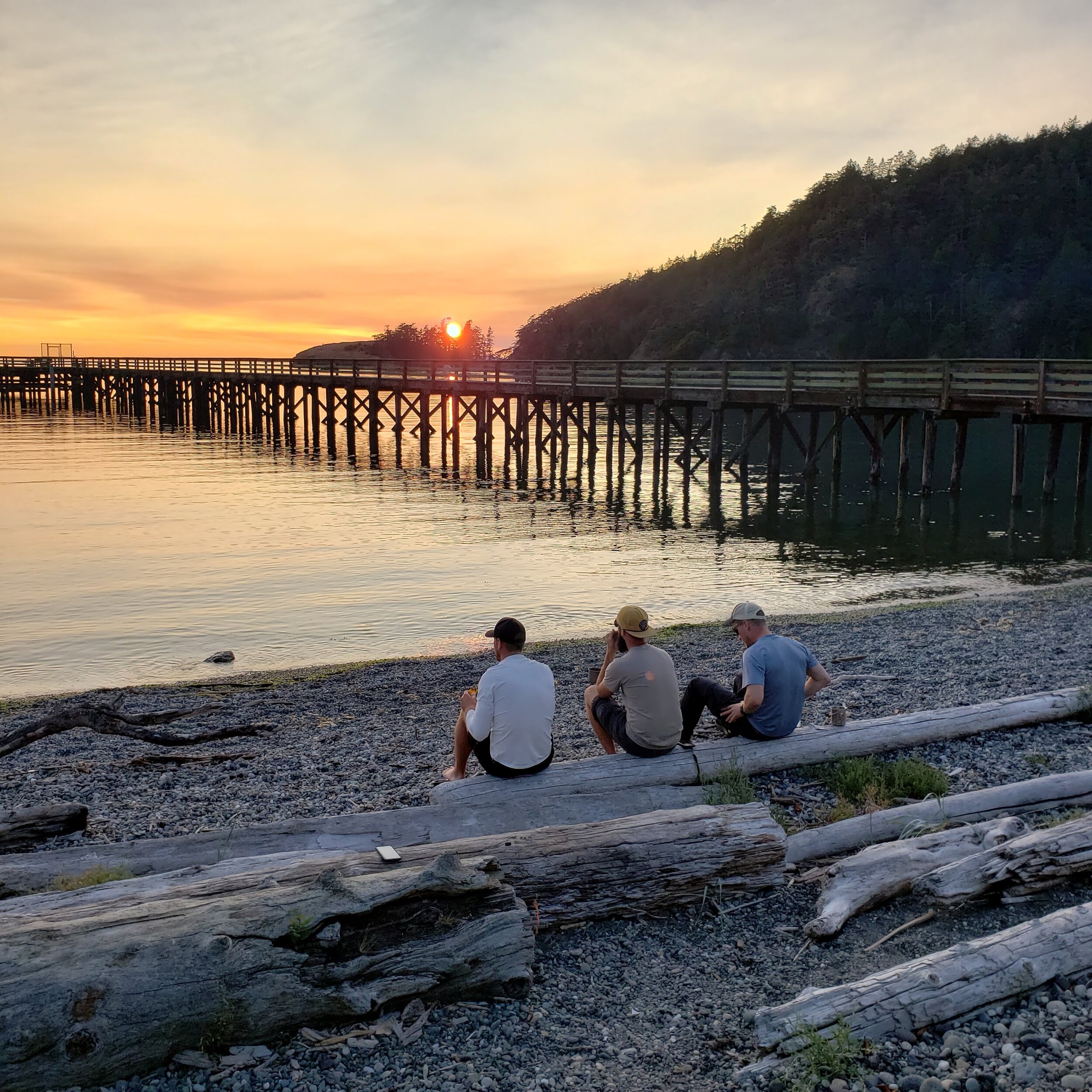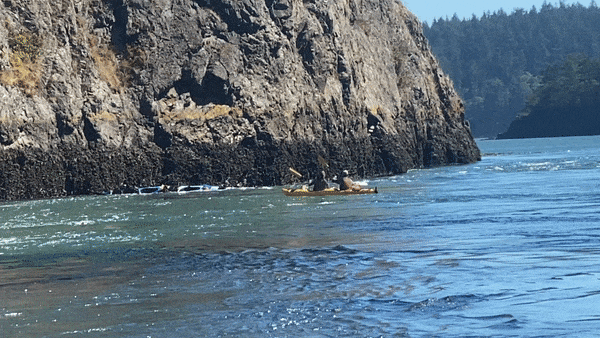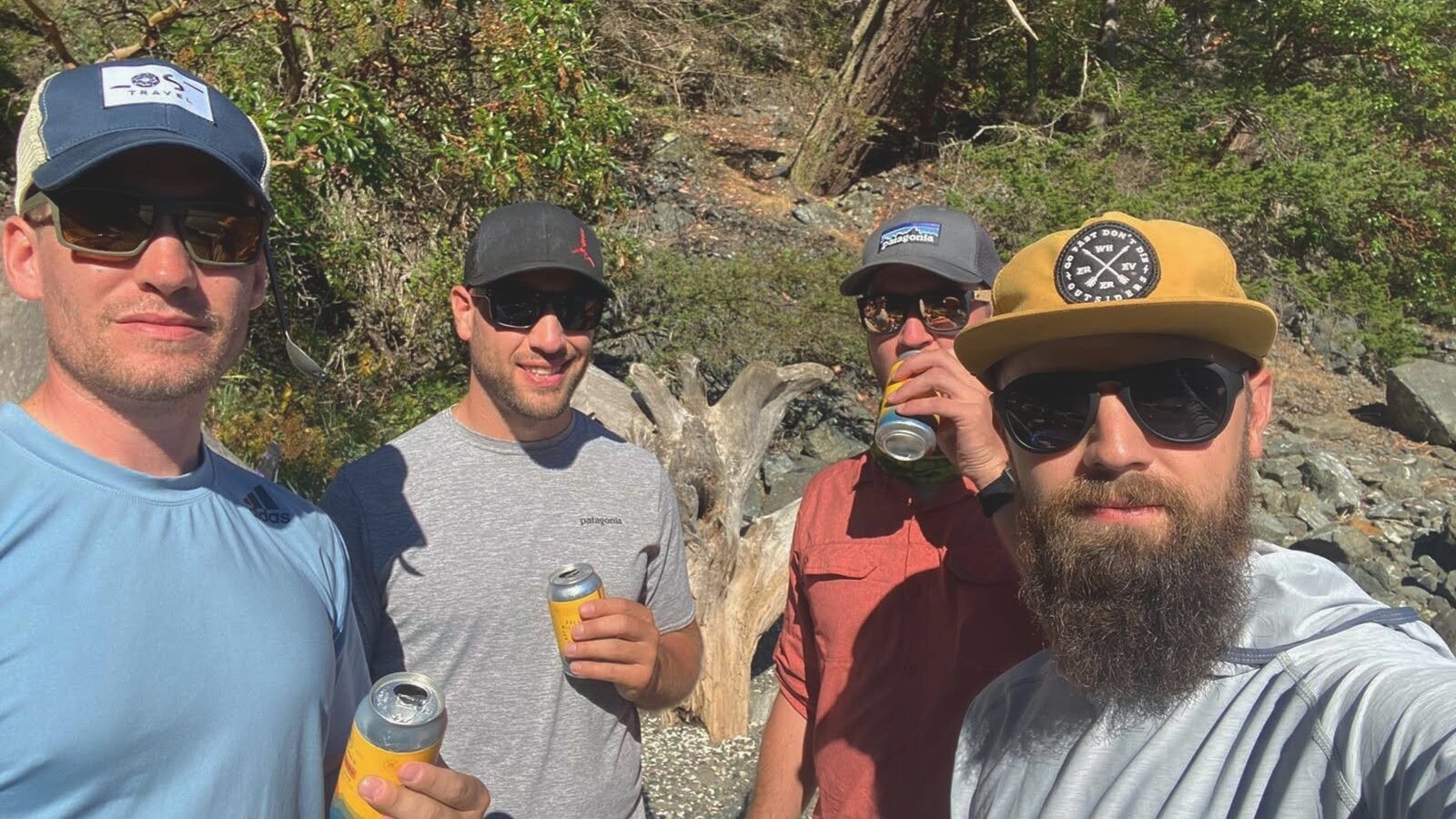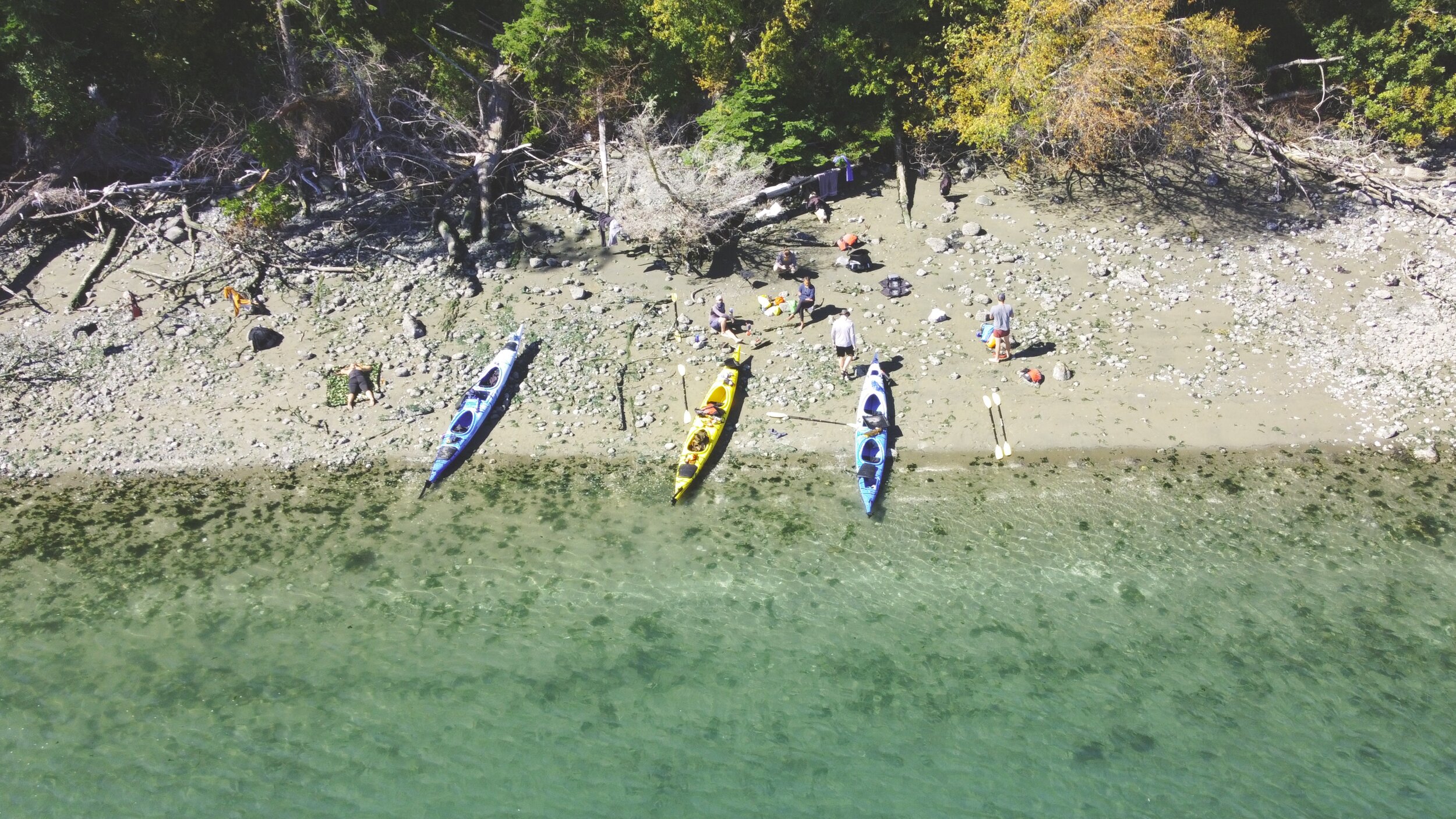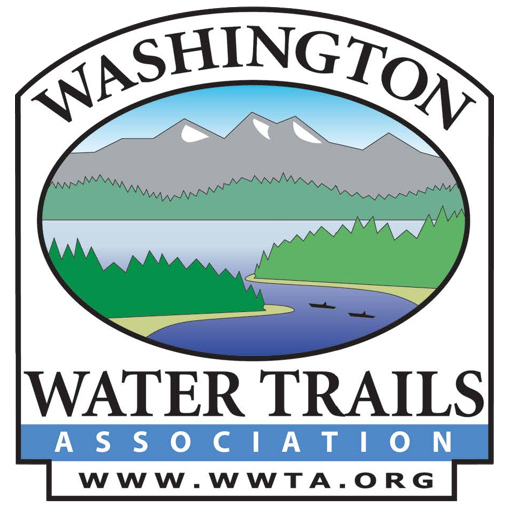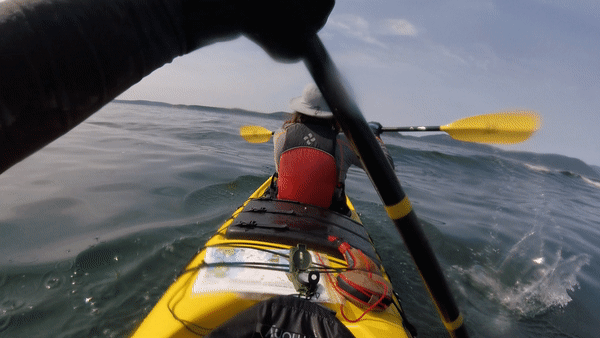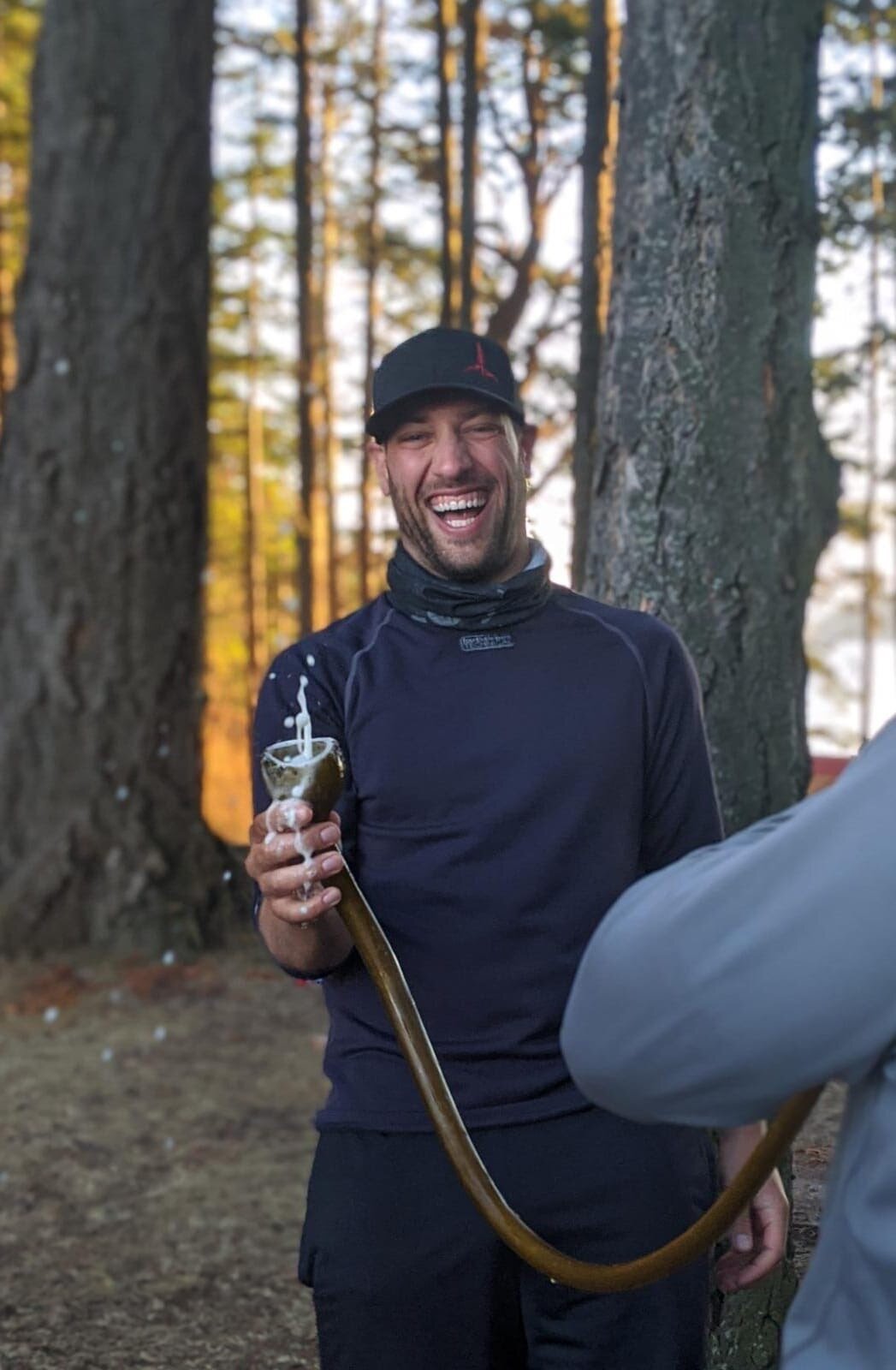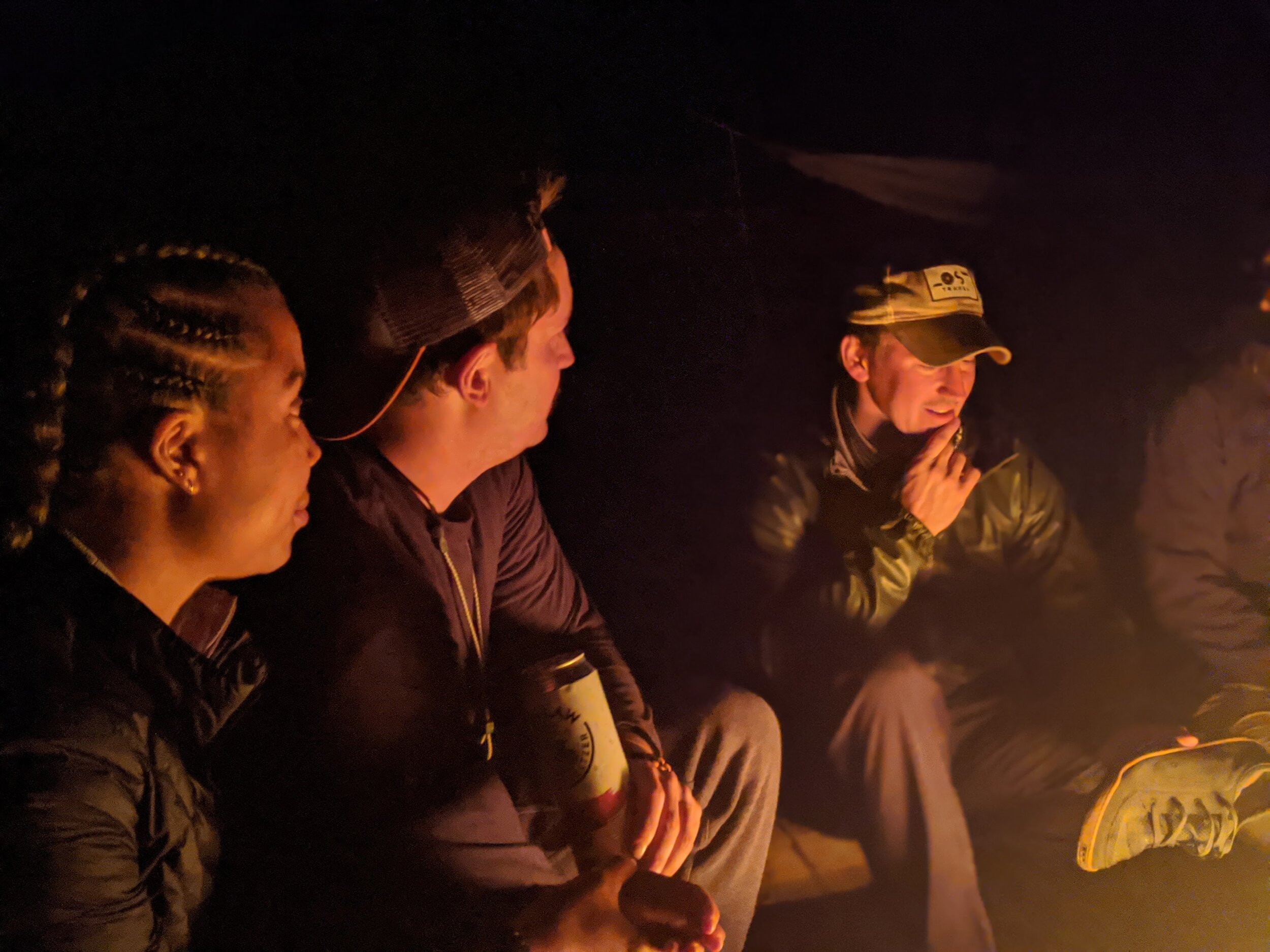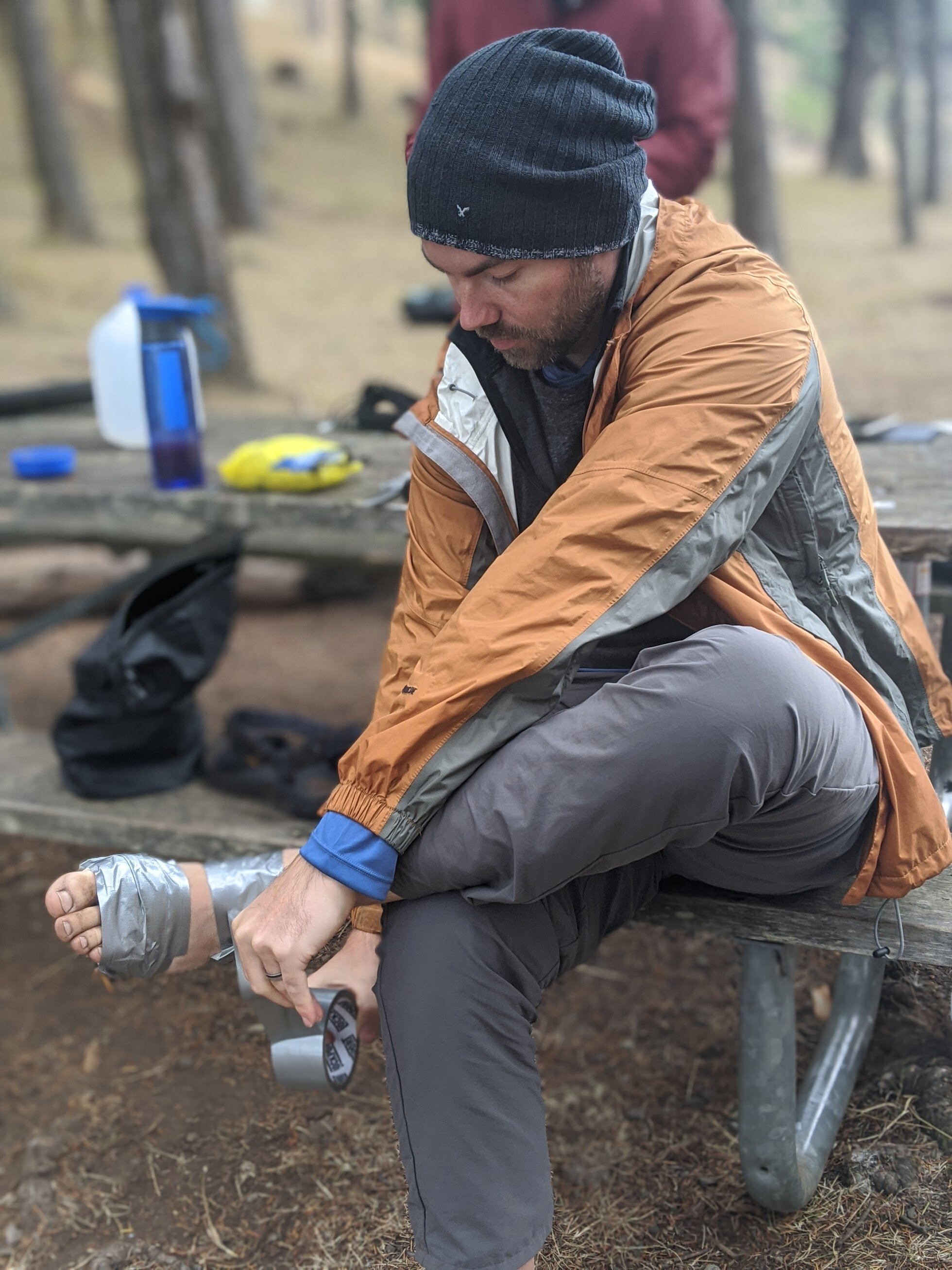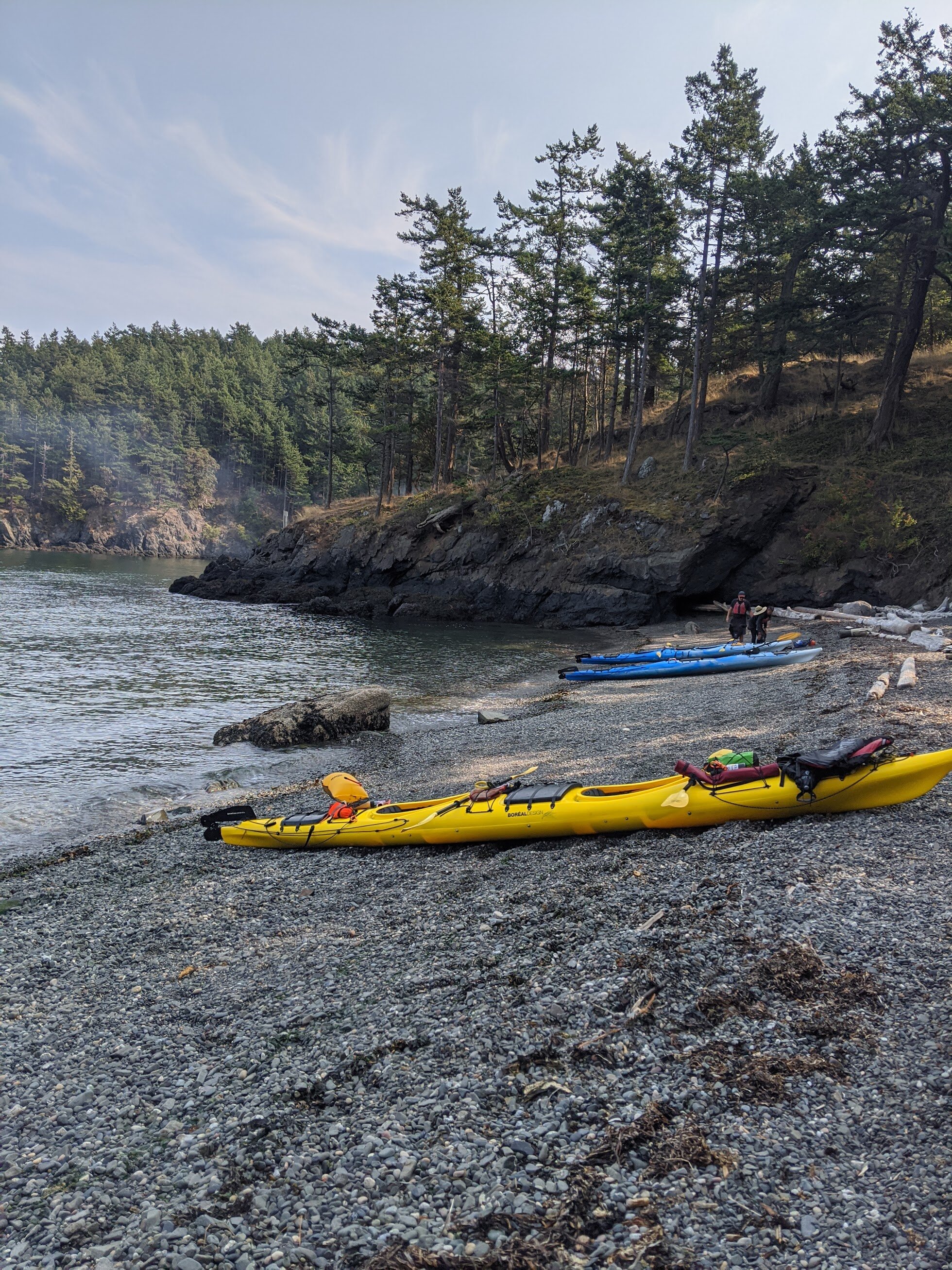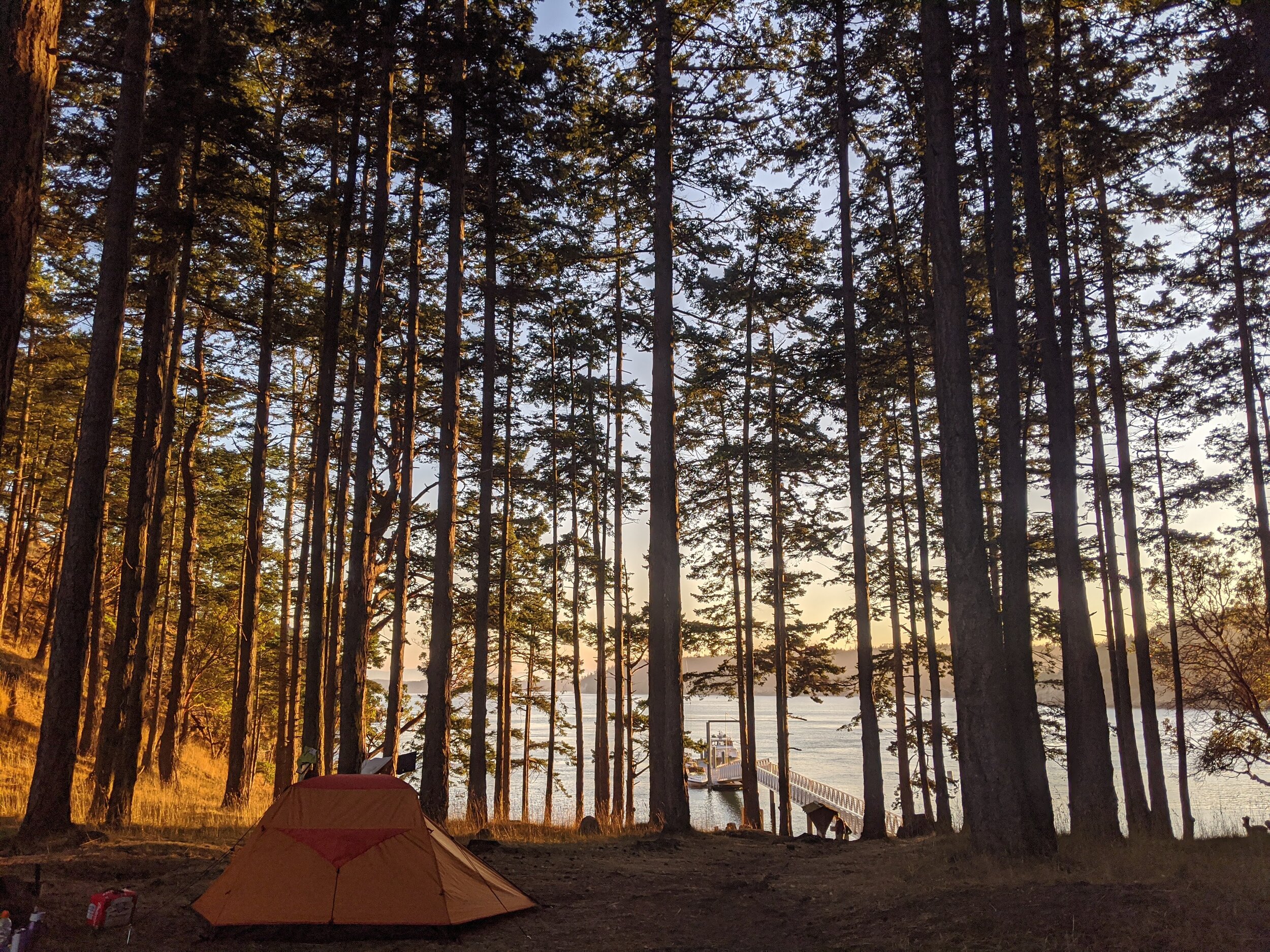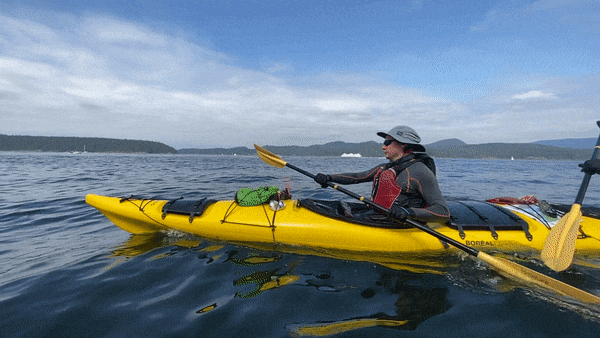
The Cascadia Challenge: Pioneer Edition
“Ever been to the San Juans?” he said. “No,” we said. He replied “Well, it’s pretty neat out here” —and the next thing we knew, 10 Pioneers were paddling the Salish Sea.
“I paddled my little heart out and fell in love with the San Juan Islands.”
– Pioneer Natalie
Close followers of our follies might recall that we quietly held the pioneer edition of the Cascadia Challenge last September. We’re only now getting onto posting the field report. Why the delay? Well we’re adventurers by trade, not project managers, so cut us some slack.
We hope you enjoy this recounting of the pioneer edition and we double hope you’ll join us on the new and improved 2nd edition in September.
Unroute for the 2nd Edition
It’s been a minute since Lost’s first adventure west of the Rockies. For a quick travel back in time, check out the instagram highlight reel.
Day Zero
Our group of ten Cascadia pioneers coalesced together at a small brewery on Camano Island for cold beers and hot sandwiches while they pointed and shrugged at various colored symbols on nautical maps. The group was evenly mixed between those doing a Lost trip for the first time and those who’ve been through the wringer at least once before. During the ceremonies it was shared that the locals were generally confused when the trip was explained, citing the fact that none of them could recall anyone ever doing this exact trip. While beers were drank and maps were stared at, some of the questions heard included: “Does that say ‘unexploded underwater mine?’”, “How many knots are in a mile?”, “What exactly is a wet exit?”, “Why do they call it Orcas island?” You know why.
Day one
For the pioneer edition of the event the teams gathered before sunrise on a small beach on the North end of Camano Island. Their tandem sea kayaks, PFDs, paddles, and crushing anxiety were waiting for them. As the sun rose they could be seen furiously cramming their gear into the storage compartments and lashing down anything else that didn’t fit in them. A common refrain heard was “Do you think we’ll need this?
Before long the vessels were moving Northwest through the Skagit Bay and teams were trying to recall the conversations about tides from the night before. Shortly after, pioneer Keegan was heard yelling “WHALE WHALE WHALE!” while pointing off the starboard bow. This sighting is disputed by several pioneers.
The main logistical challenge for Day 1 was a navigating a narrow channel leading to the Salish Sea known as Deception Pass. The pass is known for its intense tidal flow that creates large whirlpools and rolling eddies. During ebb and flood tide currents reach 8 knots (9.2 mph) which is more than enough to ruin your day as a paddler if you’re heading in the wrong direction.
>
“I learned that I cannot paddle against an 8 knot current, no matter how big of a breakfast I had.”
The teams had worked out a rather ingenious plan to get through Deception Pass by attempting to arrive at slack tide when the tidal flows are minimal. This requires a very precise arrival as slack tide only occurs for a brief period of time. As the Deception Pass bridge came into sight however, there was a noticeable quietness from the otherwise jovial banter.
>
““Does it feel like we’re paddling harder?”“I think it’s just a little headwind.”
”Oh ok cool.”
”Actually no we’re definitely paddling harder”
”Oh ok cool.””

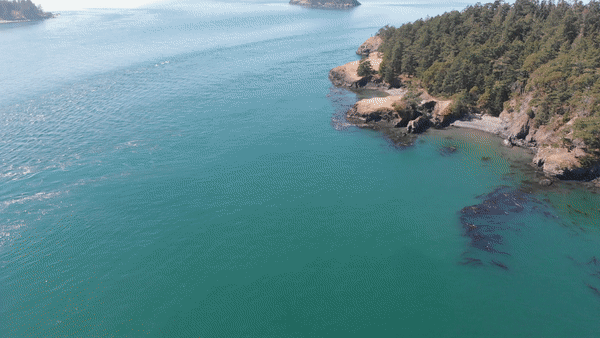
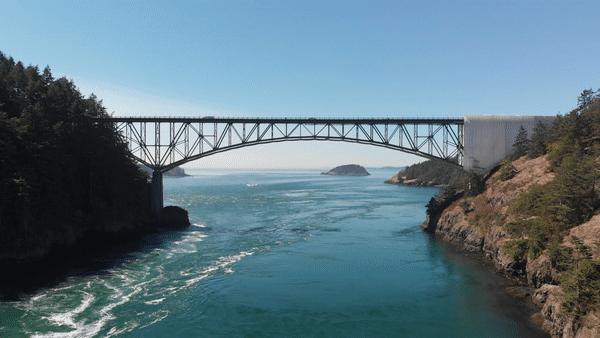
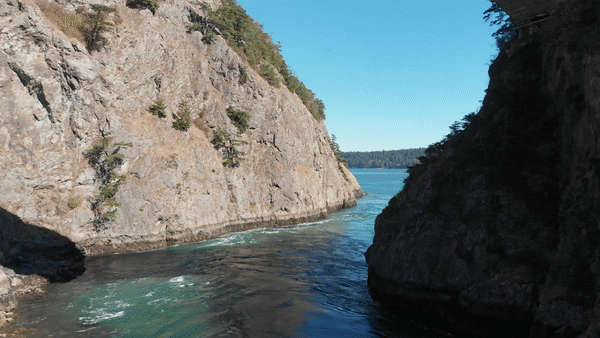
Unbeknownst to them the tide had began to rush in and the teams were becoming more and more separated. It was at this point pioneer Brandon came to the realization that his amateur tidal calculations were based on the central time zone and were an hour behind. They had arrived at flood tide.
>
“ When gauging slack tide make sure your phone is set to the right time zone.”
Nick and Andrew along with Josh and Walker were ahead. Kaitlyn and Keegan, Brandon and Natalie, Jake and Ben slightly behind. While Nick and Andrew managed to sneak through, Josh and Walker made it far enough to egress along a rocky shoreline and tow their kayak to the beach. Kaitlyn and Keegan, while attempting to fight the current, capsized in the pass and drifted East until they were met and helped by the two other teams.
“Dry bags are very important”
– Sage advice from Mr Keegan
For the next several hours the teams were forced to play bocce ball and drink beer while waiting for ebb tide. How terrible for them.
Clearly these gents are having a hard time with being stranded during flood tide.
After a capsize and subsequent rescue these teams were stuck waiting for the ebb tide to let them leave. What an awful place to be marooned.
The groups were able to relaunch the boats at ebb tide and paddled around Lighthouse point into Bowman Bay at sunset to make camp for the night. As part of a kayak capsizing tradition pioneer Keegan drank a warm beer out of the shoe of another pioneer. We don’t have the heart to tell him that’s not a real tradition.
Our 5% for the planet from trip registrations went to the Washington Water Trails Association.
Total distance: 15.2 nautical miles.
Day Two
Well-rested from several hours of sleep the teams set off from Bowman Bay with the goal of reaching the James Island Marine State Park. Effectively free from the clutches of the tidal gods the teams were in a good spirits. The first half of the day was spent paddling north through Burrows Bay when the allure of hot food and canned beer steered them into Anacortes for a brief stop at Old Salt’s Deli. The next task was to navigate the Rosario Strait, a four mile wide sea crossing that would drop them off near the campsite for night two.
>
““Oh yeah if you’re trying to cross it [Rosario] you probably wanted to leave an hour ago.” ”
At least the rudder is down. They look like they know what they’re doing.
Aside from some ferry and barge traffic the strait posed no threat to the pioneers who soon made it to camp at James Island State Park where they sat around a warm campfire and drank beer out of bull kelp. They also managed to befriend some sailors who gifted them a loaf of sourdough bread.
Total Distance: 10.5 nautical miles
Day Three
Having survived Deception Pass and the Rosario Strait the teams awoke on day three with an undeserving sense of confidence feeling it would be more of joyride into the finish party at Friday Harbor.
It almost looks like they are starting to get the hang of this whole tandem kayak thing.
And a joyride it was. Day three was spent staring at the towering cedar and dogwood trees that lined the rocky shores and spotting eagles, harbor seals, and great blue herons. Paddling through the clear blue water they would navigate around five different islands including Decatur, Blakley, Lopez, Shaw, and the mighty San Juan island before reaching the finish line at the driftwood-strewn Jackson beach. And just like that the Cascadia Challenge went from concept to reality.
Total distance: 14.7 nautical miles
On to the 2nd Edition
What are we changing for the second edition? Well it wouldn’t be a pioneer edition without a few learnings. First we’re going to change the event to a loop-style route so you’ll begin and end in Anacortes, WA. This makes logistics a bit simpler and means you are not required to paddle through the tidal wildcard that is Deception Pass.
We’re also going to incorporate checkpoints to keep the group together a bit more as well as providing a (passive) race support boat to keep an eye on everyone.
Finally, at the kickoff party we’ll be sure to invite someone to help coach you about tides, nautical maps, and generally answer any lingering questions you might have about the adventure.
Visual learner? Check out the hype video below.
Participants of the Cascadia Challenge will find themselves splashing around in the Salish Sea of Washington state in a 3.5 day kayak camping loop through the picturesque San Juan islands.
You’ll depart from and arrive back at the small port city of Anacortes, WA. Everything you need for the trip will have to fit inside your provided sea kayak. You are responsible for navigation and self-rescue if necessary but you’ll be served up with the camaraderie of a likeminded group of adventurers like yourself, a great kickoff and finish line party complete with food and drink and a shiny commemorative medal.




